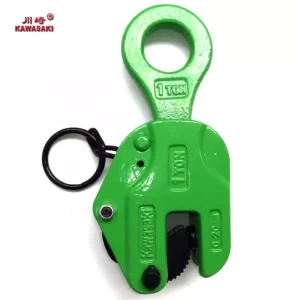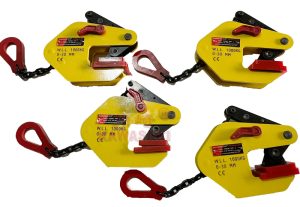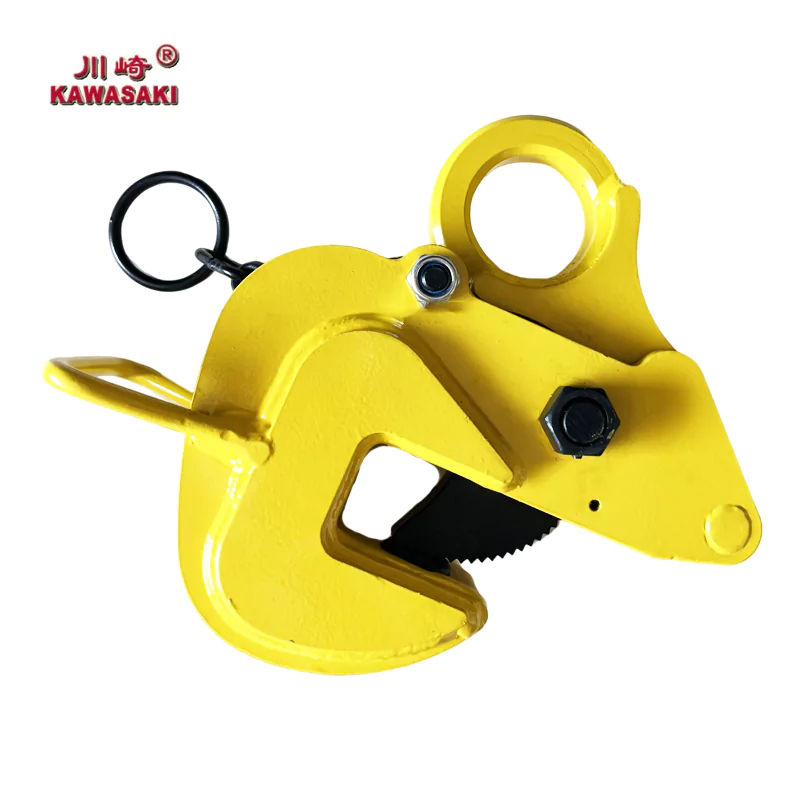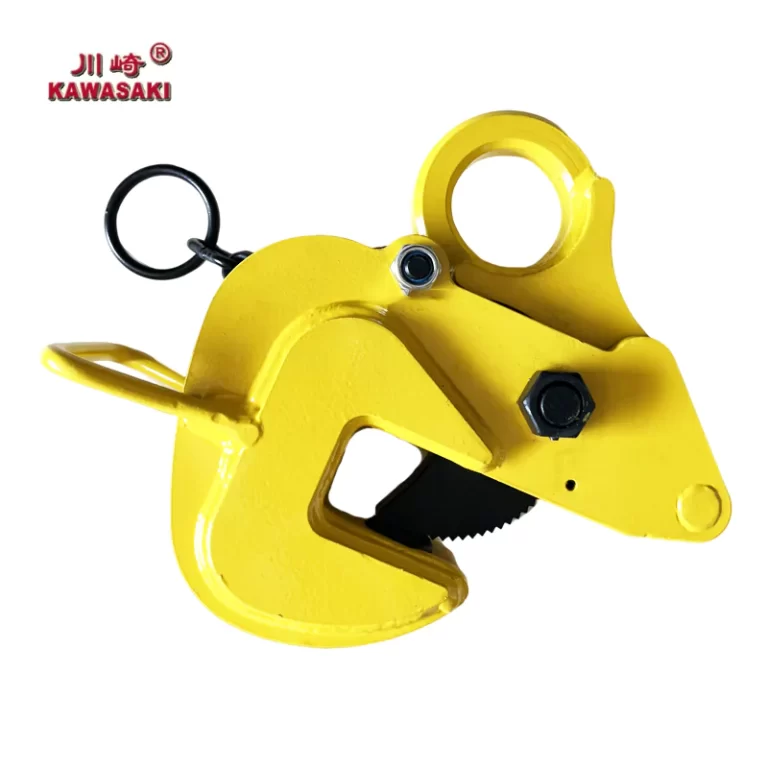Lifting operations are critical in various industries, including construction, manufacturing, logistics, and maritime activities. These operations involve moving heavy loads, often requiring specialized equipment and methods. Lifting methods can be broadly categorized into horizontal and vertical lifting. While both serve the purpose of moving loads, their scope and method of use differ significantly. This essay explores these differences in detail, analyzing their applications, equipment, techniques, safety considerations, and challenges.
Horizontal Lifting
Horizontal lifting refers to the movement of loads across a horizontal plane. This method is common in warehouses, assembly lines, and other scenarios where loads need to be shifted laterally or along a flat surface.
Scope of Horizontal Lifting
- Applications in Industries:
- Warehousing and Logistics: Horizontal lifting is extensively used to move goods within warehouses using conveyor belts, forklifts, or pallet jacks.
- Manufacturing: In production lines, horizontal lifting facilitates the transfer of materials or semi-finished products between workstations.
- Construction: Horizontal lifting is employed to transport building materials across construction sites.
- Maritime Operations: It plays a role in transferring cargo between docks and storage areas.
- Load Characteristics:
- Typically involves uniform or evenly distributed loads.
- Loads are often packaged or secured to pallets, making them easier to handle.
- Distance Covered:
- Horizontal lifting covers relatively longer distances compared to vertical lifting, especially in large facilities like warehouses.
Method of Use
- Equipment:
- Conveyor Belts: Automated systems for moving goods along a predefined path.
- Forklifts: Versatile vehicles equipped with forks to lift and transport palletized loads.
- Pallet Jacks: Manual or electric tools for lifting and moving pallets over short distances.
- Cranes: Overhead or gantry cranes for lifting and shifting heavy loads horizontally.
- Techniques:
- Load Securing: Ensuring the load is stable and secure before movement to prevent accidents.
- Path Planning: Mapping out a clear and obstacle-free route to minimize risks during transportation.
- Use of Rollers or Sliders: For manual movement of heavy items across surfaces with minimal friction.
- Safety Considerations:
- Ensuring proper load distribution to avoid tipping.
- Maintaining clear pathways to prevent collisions.
- Regular equipment maintenance to ensure reliability.
- Challenges:
- Navigating tight spaces or crowded areas.
- Ensuring stability on uneven surfaces.
Vertical Lifting
Vertical lifting involves moving loads along a vertical plane, typically upward or downward. This method is essential in high-rise construction, mining, and material handling in multi-level facilities.
Scope of Vertical Lifting
- Applications in Industries:
- Construction: Lifting building materials to different levels of a structure.
- Mining: Transporting minerals or equipment from underground to the surface.
- Warehousing: Using elevators or hoists to move goods between floors.
- Maritime: Loading and unloading cargo from ships.
- Load Characteristics:
- Often involves heavy, bulky, or irregularly shaped items.
- Requires secure attachment to lifting equipment to prevent dropping.
- Height Coverage:
- Vertical lifting typically involves shorter horizontal distances but greater heights.
Method of Use
- Equipment:
- Cranes: Tower, mobile, or overhead cranes equipped with lifting hooks or slings.
- Hoists: Manual, electric, or pneumatic devices for lifting heavy loads vertically.
- Elevators: Used for transporting goods or people between floors.
- Winches: Mechanical devices for pulling or lifting loads vertically.
- Techniques:
- Load Balancing: Ensuring the weight is evenly distributed to prevent swinging or tilting.
- Rigging: Using slings, chains, or ropes to secure the load to the lifting device.
- Controlled Descent/Ascent: Using precise mechanisms to regulate the speed of lifting or lowering.
- Safety Considerations:
- Conducting pre-lift inspections to check for equipment defects.
- Ensuring proper rigging and load attachment.
- Establishing clear communication between operators and ground staff.
- Challenges:
- Wind or environmental factors that can destabilize loads during lifting.
- Limited visibility for operators working at height.
- Higher risk of accidents due to equipment failure.

Key Differences Between Horizontal and Vertical Lifting
| Aspect | Horizontal Lifting | Vertical Lifting |
|---|---|---|
| Direction | Movement along a horizontal plane. | Movement along a vertical plane. |
| Equipment Used | Conveyor belts, forklifts, pallet jacks. | Cranes, hoists, elevators, winches. |
| Distance | Covers longer distances. | Covers shorter distances but greater heights. |
| Load Characteristics | Uniform or evenly distributed loads. | Heavy, bulky, or irregularly shaped loads. |
| Safety Concerns | Avoiding collisions and maintaining stability. | Preventing load drops and ensuring secure rigging. |
| Primary Challenges | Navigating tight spaces. | Managing environmental factors like wind. |
Integration of Horizontal and Vertical Lifting
Many operations require a combination of horizontal and vertical lifting. For example:
- In construction, materials may be moved horizontally across the site before being lifted vertically to higher floors.
- In logistics, goods are transported horizontally within a warehouse and then vertically to different storage levels.
Integrating these methods requires careful planning and coordination, often involving advanced technologies like automated systems and robotics.
Conclusion
Horizontal and vertical lifting methods are indispensable in modern industries, each serving unique purposes. Horizontal lifting excels in transporting loads across distances, while vertical lifting is essential for moving materials to different heights. Understanding their differences in scope and method of use allows industries to optimize operations, enhance safety, and improve efficiency. As technology evolves, the integration of these methods will likely become more seamless, further revolutionizing material handling and lifting operations.


